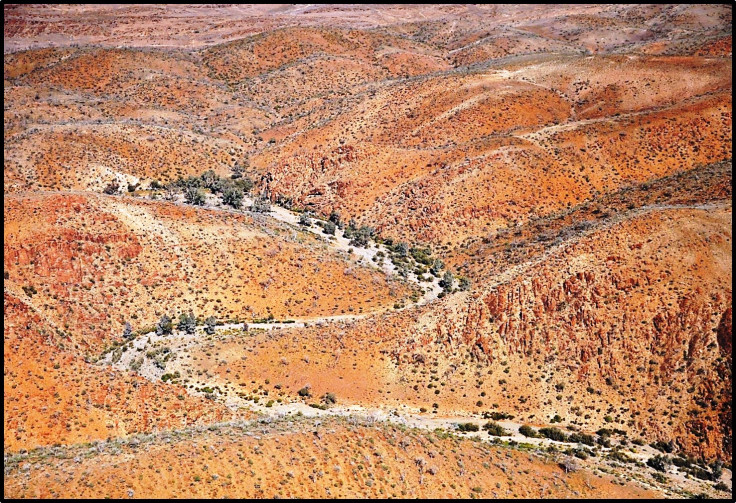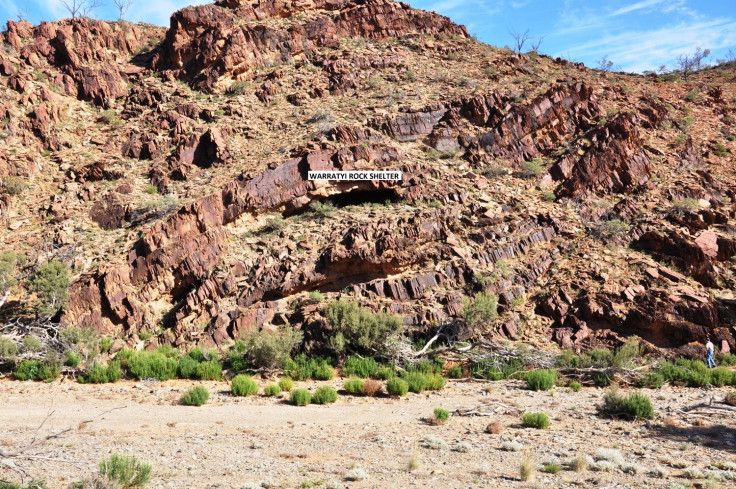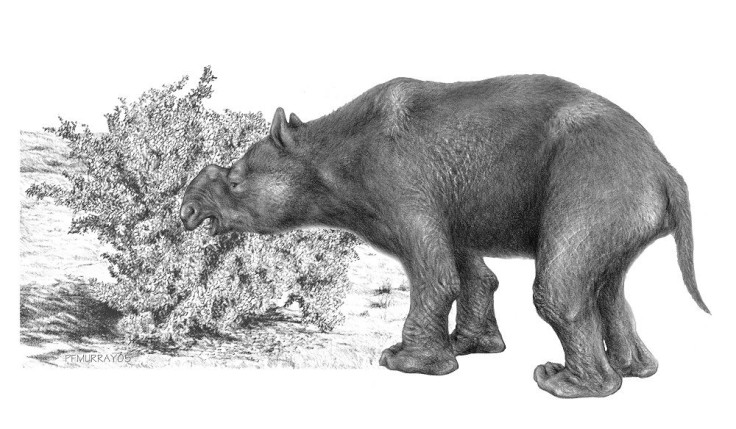Humans lived in Australia's arid interior 10,000 years earlier than expected
Archaeological objects and animal remains rewrite history of humans who first reached Australia's arid regions.

Australia's arid and scorching interior may have been inhabited by humans 10,000 years earlier than previously thought, around 49,000 years ago. Scientists have also found evidence of human interaction with the region's megafauna, opening-up the possibility that they could have been involved in the animals' continent-wide extinction.
Humans are believed to have colonised Australia 50,000 years ago, but scientists have long argued about when they extended to the country's desert interior.
Limited archaeological evidence to date suggested early Australian inhabitants had not yet mastered many of the technologies that were already present in Europe and Africa.
This was believed to have slowed down settlements in arid zones. Most studies had thus dated the populating of these regions to around 40,000 years ago.
New archaeological tools recovered at a site known as Warratyi rock shelter and presented in a paper published in Nature now contradict this view, showing that humans may have been present in the central regions of Australia only a few millennia after their arrival in the country.
Dating the sediments
Warratyi rock shelter is located in the southern interior of Australia. A team from La Trobe University (Australia) analysed the different layers of sediments present at the site using a range of dating techniques, including radiocarbon (14C) dating of hearth charcoal and avian eggshells.
Among the different layers of sediments, they retrieved different objects such as stone tools, but also bone tools. They also identified the use of red ochre and gypsum as pigments.
The dating of the layers in which all these objects were found suggest some of these discoveries date back to between 49,000 and 46,000 years ago - the site was thus occupied by humans at the time, much earlier than would have been expected.

The researchers also discovered the remains of at least 16 species of mammals and 1 reptile. There was evidence that some of the bones had been used as tools.
Among the most interesting finds, the partial right juvenile radius of a rhino-sized marsupial herbivore known as D. optatum, as well as the fragments of an eggshell of a large, ground-nesting megapode bird. Radiocarbon dating suggests these remains could also be as old as 49,000 years.
The age of these fossils combined with the fact that D.optatum would not have been able to climb the steep path to the shelter indicate that humans cohabited with this megafauna and were probably involved in bringing it to the site.

This discovery is significant because it could lead scientists to re-evaluate the causes of Australia's megafauna extinction and whether humans had anything to do with it.
The findings may rewrite the history of Australia's early inhabitants and show they used advanced technologies early on – something which may have facilitated the settlement of the country's most arid and least hospitable regions.
© Copyright IBTimes 2025. All rights reserved.






















